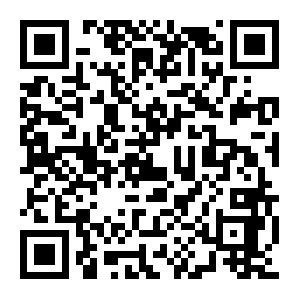摘要:
目的: 比较4种刺激模式对大鼠晕动病的诱发效应。 方法: 40只雄性SD大鼠随机分成旋转方式1组、旋转方式2组、旋转方式3组、旋转方式4组和对照组。以旋转刺激前后各2d食高岭土总量的差值为评价指标。旋转方式1组和旋转方式2组分别采用交替加减速顺时针垂直旋转(18°/s2角加速度加速,最大速度达120°/s,再以48°/s2速度减速至0),刺激60 min和90 min;旋转方式3组采用交替加减速顺时针垂直旋转(48°/s2角加速度加速,最大速度达120°/s,再以48°/s2速度减速至0),刺激时间60 min;旋转方式4组采用匀速顺时针垂直旋转(120°/s),刺激时间60 min。 结果: 在4种刺激模式中,旋转方式1组、旋转方式2组和旋转方式3组大鼠2d高岭土摄取总量差值显著高于对照组(旋转方式2组P<0.01,旋转方式1组和旋转方式3组P<0.05),其中,旋转方式2组大鼠2d高岭土摄取总量差值显著高于旋转方式1组和旋转方式3组(P<0.01)。 结论: 旋转方式1组、旋转方式2纽和旋转方式3组均能诱发大鼠晕动病的发生,其中旋转方式2组诱发效果较好。
关键词:
-
晕动病 /
-
刺激模式 /
-
高岭土 /
-
异食癖 /
-
动物模型 /
-
大鼠
Abstract:
Objective: To compare the effect of four stimulator to induce motion sickness in rats. Methods: 40 male SD rats were di-vided into four groups randomly.The induced motion sickness was determined by the assay of kaolin intake 2 days before and 2 days after rotational stimulation.GroupⅠwere stimulated in a rotator with ahernately variable speed for 1h,which were rotated clockwise around a horizontal axis at an angular acceleration of 18°/s2 until the angular velocity reached 120°/s.Then the device was decelerated at an angu-lar acceleration of 48°/s2 until rotation stopped.GroupⅡwere treated identically except that they were rotated for 1.5h.GroupⅢwere stimulated with alternately variable speed for 1h,which rotated clockwise around a horizontal axis at an angular acceleration of 48°/s2 un-til the angular velocity reached 120°/s.Then the device was decelerated at the same rate until rotation stopped.GroupⅣwere rotated at 120°/s clockwise around a horizontal axis. Results: Among the four groups,the difference of kaolin intake before and after rotation of groupⅠ,groupⅡand groupⅢwere significantly more than that of control group(groupⅡP<0.01,groupⅠand groupⅢP<0.05).The difference of kaolin intake before and after rotation of groupⅡwas more than others(P<0.01). Conclusion: The rotational stimulation of groupⅠ,groupⅡand groupⅢcan induce motion sickness in rats,and groupⅡwere the most effective.

 点击查看大图
点击查看大图




 下载:
下载:
